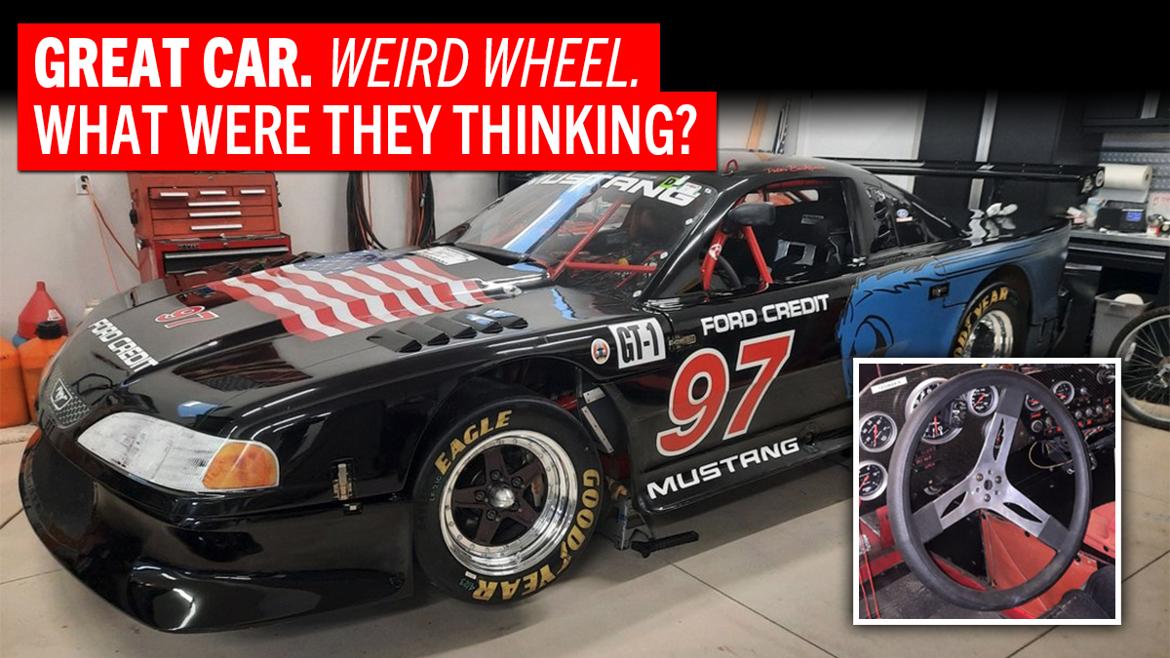I'll start by saying I have nearly zero knowledge of 3d printing, materials / process / etc.
My question is: is it feasible to 3d print a brake fluid reservoir bottle for a master cylinder reservoir? Maybe not for volume production, but for a 100 piece run of prototypes. They'd need to pass all the same tests as a traditional molded reservoir.

79rex
Reader
11/25/20 7:11 a.m.
possible, sure. Id guess ABS would be a decent material choice? Getting something with a large hollow area and thin thickness is going to be a tough feat though I think.
As long as the material used is compatible with DOT3 I don't see why it couldn't be done.

tuna55
MegaDork
11/25/20 7:19 a.m.
no.
In my experience there is no material and no treatment for said material to make it not leak. PM me for details.
You can get materials that would be compatible with brake fluid, but porosity is going to be a nightmare. Best bet would be to 3D print a mold, then use it to cast a reservoir out of a brake fluid compatible thermoset plastic.
Sounds like a job that SLA printing could be up to. FDM likely wouldn't be the right choice because of layer adhesion. You'll just have to see if any SLA resins can hold up to DOT3
MadScientistMatt said:
You can get materials that would be compatible with brake fluid, but porosity is going to be a nightmare. Best bet would be to 3D print a mold, then use it to cast a reservoir out of a brake fluid compatible thermoset plastic.
This is what I was thinking.
Would something around 30A on the shore scale be tough enough to handle the pressuresof a master cylinder? Because I might know a guy with a printer and a silicone business
SLA printing could work, if you know someone with a big enough resin printer and find the right kind of resin. I haven't bought my Saturn yet, and not many people have the BIG sla printers
A reservoir would normally not be pressurized, so that's not an issue.

Mr_Asa
SuperDork
11/25/20 10:04 a.m.
ABS is not compatible, from what I was able to find.
PET or Nylon might be solutions. Making them seal properly could be a pain, though.
Current brake fluid reservoirs are injection molded with Polypropylene. ABS won't have the fluid resistance required and, as tuna noted based on his direct experience, 3D printed parts will leak.

DrBoost
MegaDork
11/25/20 10:12 a.m.
In reply to wawazat :
I have been able to get water tight prints for years. It's all about a level bed, proper temps, speeds, and nozzle size.
been printing for about 6 years.
DrBoost said:
In reply to wawazat :
I have been able to get water tight prints for years. It's all about a level bed, proper temps, speeds, and nozzle size.
been printing for about 6 years.
Interesting as tuna noted above he couldn't get parts that were leak free for his applications.
I will throw this in to be the negative guy .....
Are you ready for the liability of having these out in the public if they happen to crack and the brakes go out ?
How do you think the originals were made ? Can you see the parting lines on the mold where the top and bottom parts of the mold mate ?
and I wonder if the newer made ones have a code or logo to tell you what kind of plastic was used , this is so the part can be sorted for end of life recycling.....
Just some things to think about......
Some background here. OP Angry is an OEM brake systems guy. I think these are for design, testing, platform fit, or other internal validation.
I'm in the automotive plastics business. Very few plastic US auto parts have consumer recycling codes in place as the grades they typically use aren't recycled in the volumes of consumer packaging and many types of plastics for automotive use are not recycled at all unfortunately (glass fiber filled or unfilled nylon/PA, urethanes, TPO (fascias which are painted and interior trim), ABS blends with other materials like polycarbonate or polyesters).

DrBoost
MegaDork
11/25/20 5:59 p.m.
wawazat said:
DrBoost said:
In reply to wawazat :
I have been able to get water tight prints for years. It's all about a level bed, proper temps, speeds, and nozzle size.
been printing for about 6 years.
Interesting as tuna noted above he couldn't get parts that were leak free for his applications.
It's not rocket science, really. Personally I wouldn't use it because, if it does leak, it's critical. But, get a level bed, use the right temp, don't print super fast, and make it happen.
i would use a 1mm nozzle and 2 shells to be more sure.
in the beginning it was my first few layers that were doing me in. I wasn't getting god enough squish. Under extrusion. After calibrating my e-stepper and getting decent nozzles, it's great.
been getting solid prints for years.
I have done some stupid stuff to SLA prints to get them to fail and I have yet to find a chemical that we use that really delaminates it. With a serious point of having to print things thicker to simulate strength of final material. E
I have hit SLA prints with 100% ETOH at high pressures internal and sheer and never seen it fail when designed correctly.
In reply to wawazat :
Indeed, I was quoted some silly long lead time for reservoir tooling, and I'm looking for a faster way to get a prototype up and running. Professional driver, closed course, and all that. Would never be driven on a public road.
Patrick-I can point you to some solid local quick turnaround prototype and injection molding guys here locally. Let me know if you want me to arrange an intro.





































